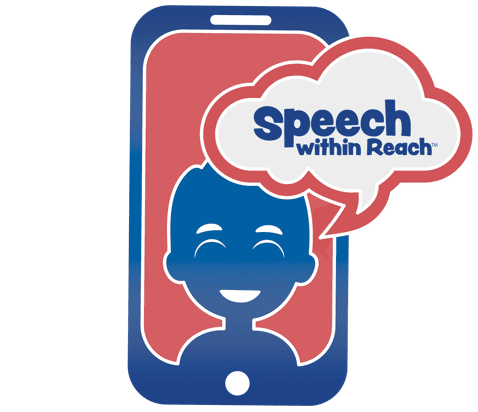
A stroke can happen in an instant, but recovery is a journey that unfolds over time. Whether you’re a survivor or a caregiver, knowing what to expect during the recovery process can bring clarity and comfort during a challenging time. Every person’s path is unique, but there are common steps that many people follow on the road to healing.
1. Immediate Medical Attention
The first step is always emergency care. The three main types of strokes include ischemic, transient ischemic attack (TIA), and hemorrhagic. Ischemic strokes occur when blood flow to the brain is blocked. TIAs happen when there is a temporary blockage of blood flow to part of the brain. Hemorrhagic strokes occur when a blood vessel in the brain bursts. Quick treatment is essential and every minute counts.
In the hospital, the care team stabilizes the patient, runs diagnostic tests, and begins treatment to minimize brain damage. The sooner medical care begins, the better the chances of recovery.
2. Early Rehabilitation
Once stabilized, the focus shifts to early rehabilitation. Many stroke survivors begin working with a rehab team within 24–48 hours. This team may include:
- Physical therapists to assist with movement and coordination.
- Occupational therapists to reintroduce daily activities.
- Speech-language pathologists to address communication and swallowing challenges.
Early therapy prevents complications and helps the brain begin to rewire itself—a process known as neuroplasticity.
3. Continued Therapy and Support
As recovery progresses, the three therapies listed above often continue at home, in outpatient clinics, or at rehab centers. This phase may last weeks or months, depending on the severity of the stroke and the survivor’s goals. Mental health support is often recommended at this phase. Small improvements add up, and progress is worth celebrating at every stage!

4. Lifestyle Changes and Risk Management
Preventing another stroke is a key part of recovery. Doctors often recommend:
- Managing blood pressure, cholesterol, and blood sugar.
- Stopping smoking and limiting alcohol.
- Eating a balanced, heart-healthy diet.
- Getting regular exercise (as advised by the healthcare team).
Medication and lifestyle changes can dramatically reduce the risk of recurrence.
5. Long-Term Outlook and Progress Monitoring
Recovery can continue for months or even years. While some abilities return quickly, others may take time or require new strategies altogether. That’s okay.
- Regular follow-ups with medical professionals are essential.
- Assistive devices like walkers, communication boards, or apps can assist in maximizing independence.
- Setting small, achievable goals keeps momentum going and spirits high.
With the right support and persistence, many stroke survivors achieve meaningful, fulfilling lives after their stroke.
Recovery after a stroke is a marathon, not a sprint. It takes patience, hard work, and a strong support system. Whether you’re a survivor or a caregiver, know that support is available—and every step forward, no matter how small, is a victory.
*Please reach out to us. We are happy to support your speech therapy journey if you or a loved one has experienced a stroke.
___________________________________________________________________________________
-HANNA MOELLER, Illinois State University, Senior Research and Marketing Intern
-NICOLE BUTLER, M.S., CCC-SLP/L (ASHA Certified and licensed Speech-Language Pathologist, Founder and Executive Director of Speech Within Reach.)
SPEECH WITHIN REACH provides in-person and virtual telehealth speech therapy for children and adults. We are grateful to support your speech therapy needs. Please feel free to reach out to us.
